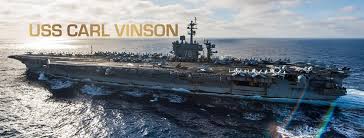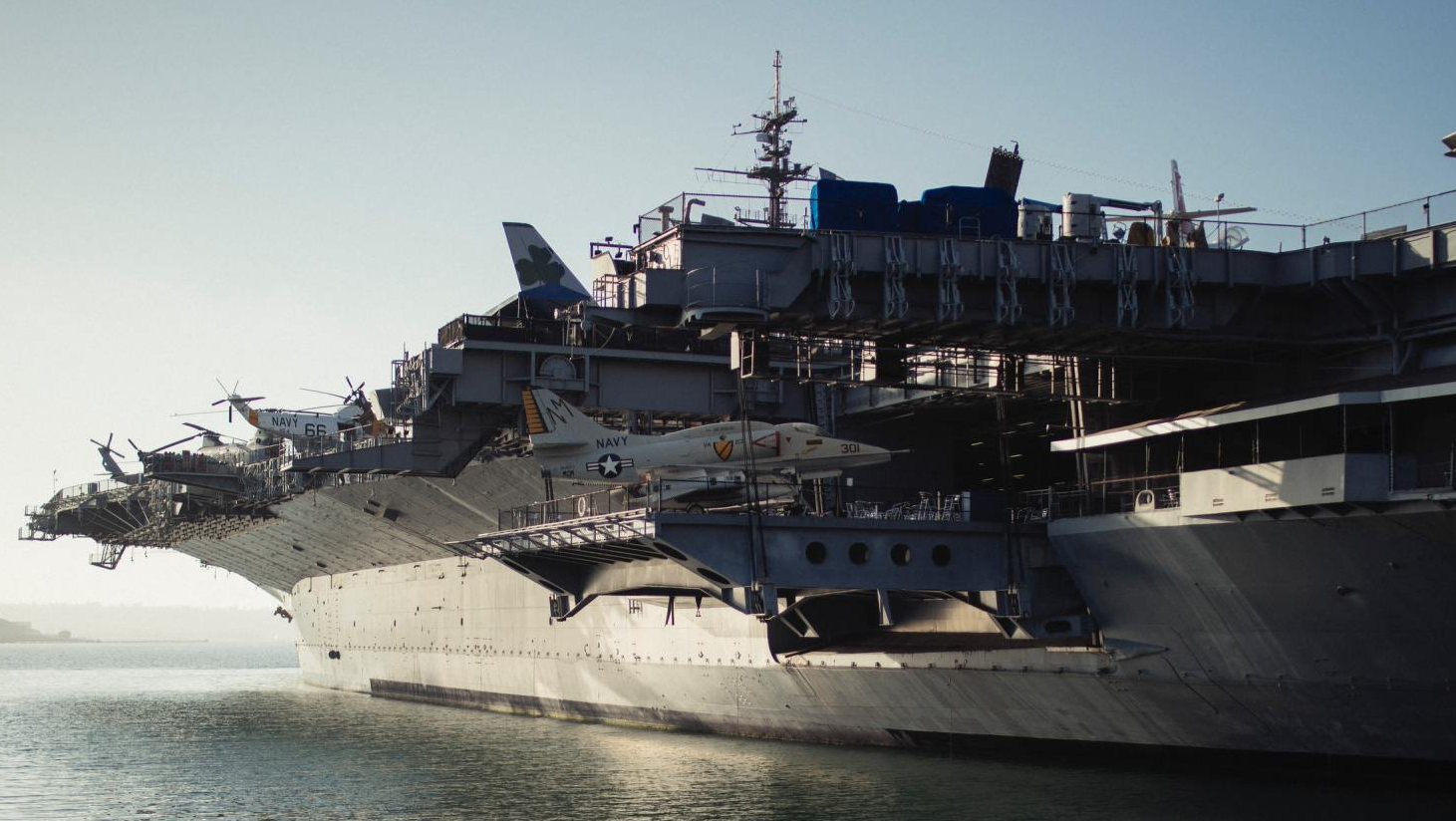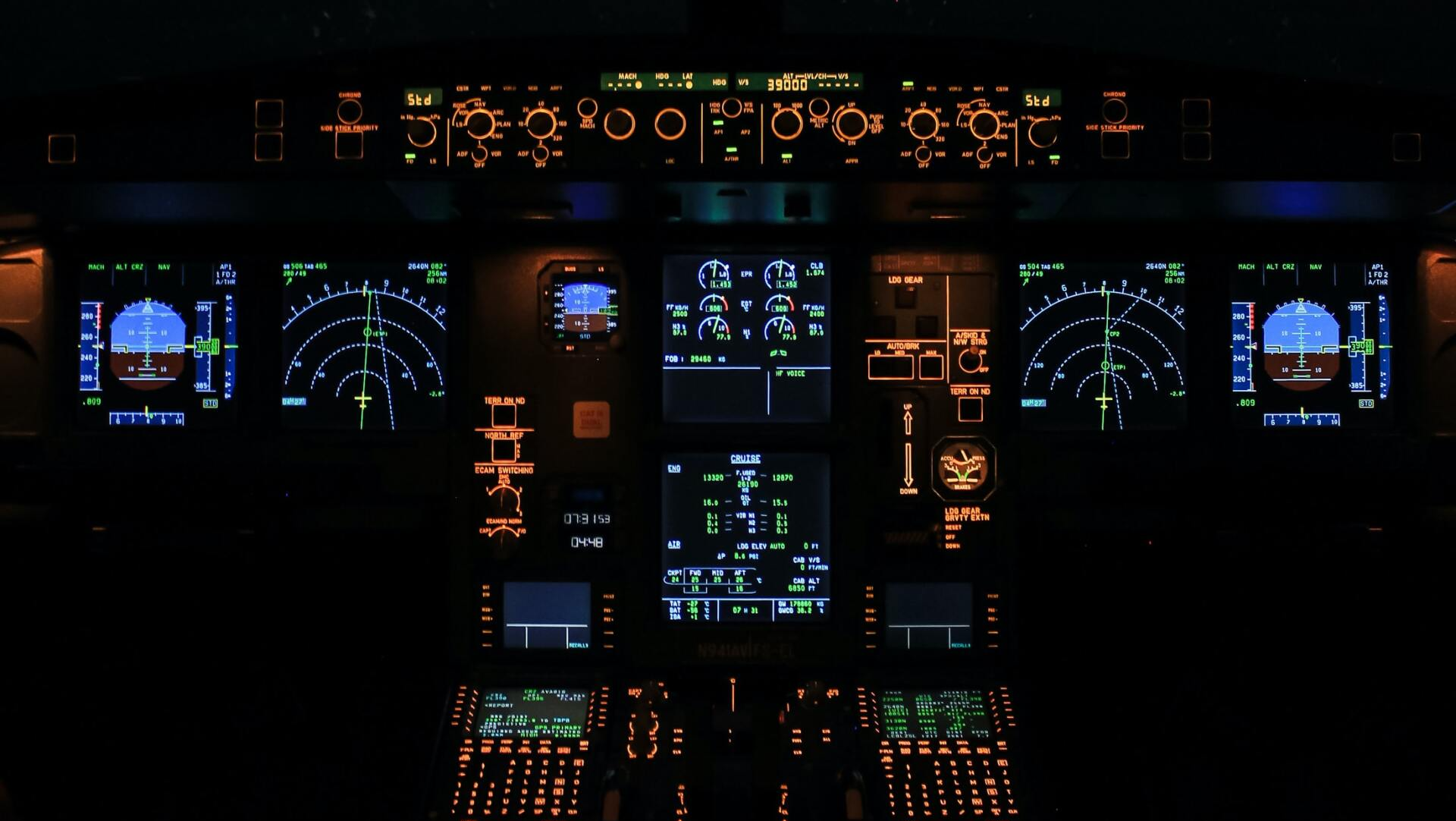Civilian Misconceptions of the Military
Comments by Randy Cadieux, Major, USMC, MS
There are many ideas and misconceptions about the United States military services and the way leadership is used to influence service members to accomplish the mission. High-Reliability Organizations (HROs) have existed for many years, and while the U.S. military components do not necessarily call themselves HROs, many military units may fall within the criteria which describe HRO’s. It may be helpful to study how the military implements many of its tools to accomplish high-risk missions under conditions of uncertainty while minimizing losses to personnel and equipment. Additionally, dispelling some of the misconceptions about military leadership and followership may remove some of the barriers which impede the transference of HRO behaviors to other sectors and industries.
HRO as a Military Model
Some may think that HRO is a military model. High Reliability Organizing by itself is not a military model. It is a set of principles which can enable exceptional performance and resilience under conditions of uncertainty. While many military units seem to fit the definitions of High Reliability Organizations, as described by Karl Weick and Kathleen Sutcliffe in Managing the Unexpected, the military has not developed a unified HRO model. Many of the attitudes and behaviors used in the military are similar to HRO behaviors and are aligned with the 5 Principles of. By examining many military units, it is apparent that they are comprised of service members who are preoccupied with failure, reluctant to simplify, sensitive to operations, adept at deferring to expertise, and committed to developing resilience within their units and during operations. Many service members enact these behaviors without even knowing the principles of HRO.
Command Structure in the Military
Some think that due to the hierarchical organizational structure of military units service members of lower ranks blindly obey commands from senior leaders at all costs. The military is a hierarchical structure with a command element. There are officers and enlisted personnel in place to make decisions and carry out orders, but effective leadership in the military includes being able to listen to trusted advisors. These are often subordinate personnel who possess a high degree of expertise in certain areas. Ultimately in a military unit, obedience to orders is required to maintain good order and discipline, but effective leaders will seek out the advice of their personnel who are experts in key areas. Additionally, commanders are put in place because they have proven themselves to be effective leaders and communicators who understand how to use effective communication skills and ethical leadership as they develop and deliver orders.
Questioning Orders
There is often a misconception that equates military service with blind obedience and the lack of a questioning attitude. Many movies have portrayed military commanders as tyrants who bark orders and have portrayed military troops as nothing more than followers who do as they are told. Ultimately in the military when a lawful order is given by a senior officer it must be followed. The good order and discipline of the services depend on this precept. However, many effective leaders encourage subordinate personnel to speak up to determine if there is something missing from their plans, such as a critical aspect of the plan which is required for mission success. This highlights the trusted advisor role that many subordinate service members fill for unit commanders. This relationship is known as Special Trust and Confidence in the Marine Corps. Additionally, in Navy and Marine Corps aviation one of the 7 Critical Skills of Crew Resource Management (CRM) is Assertiveness. This critical skill (or attribute) which is trained and encouraged among all ranks, is required to help a crew perform effectively and safely as a team. If a junior aircrew member notices a problem or a dangerous situation he or she is expected to bring it to the attention of the aircraft commander.
Learning to Follow Orders Before Being Able to Give Orders
Most military training begins with learning to follow orders. This is true in recruit training and officer training. At Marine Corps Officer Candidate School officer candidates follow orders of the drill instructors, but are given opportunities to be evaluated as leaders. Peer leadership evaluations are conducted to assess an officer candidate’s ability to provide leadership, guidance, and direction to his or her team members. Additionally, candidates are placed in leadership roles and are evaluated by the drill instructors for potential leadership abilities. Commissioned officers are expected to be able to give orders early in their career. Junior enlisted personnel are expected to be technically and tactically proficient, follow orders, and provide feedback to their chain of command. As they gain rank they are normally given the opportunity to lead subordinate personnel.
Designated Leadership versus Functional Leadership
In non-military working environments sometimes leaders will use terms such as “being the captain of the ship”, thinking that in the military the captain is in ultimate control and that nobody questions his or her authority. While the captain of a ship is in charge and on Navy and Marine Corps aircraft, the Aircraft Commander or Mission Commander is in charge, he or she will often allow input from other crewmembers. The Aircraft Commander is assigned in writing and is the crewmember responsible for the safe conduct of the mission. In CRM terms, this is known as designated leadership. Oftentimes designated leaders will defer to the expertise of other crew positions to assist with decisionmaking. For example, when KC-130 Transport Plane Commanders must make a decision related to a cargo load, they will normally seek input from the aircraft loadmasters, who are the subject matter experts on cargo handling and loading. In CRM terms, this is known as functional leadership.
Perception that Recruits are Abused
Oftentimes it may appear to some outside observers that recruits, midshipmen, cadets, and officer candidates are abused during their training. Recruit, midshipmen, cadet, and officer candidate training programs are not designed to abuse service members. They are a way to indoctrinate trainees into a system which requires one to conform to the requirements of the team. This is a cultural change which takes American men and women and develops them into soldiers, sailors, airmen, Marines, and Coastguardsmen. This does require some negative reinforcement at the early stages of training, and as the trainees improve at their tasks positive reinforcement increases. This has proven to be a highly effective way of indoctrinating civilians into military service. The process is overseen by numerous layers of command influence and oversight and the safety of the trainees is extremely important. The sense of accomplishment upon completing the training curriculum of recruit training, Officer Candidate School, or one of the service academies is immeasurable and this training regimen serves to forge a strong bond between peers and helps develop future leaders with a common background.
The Need for Service Members at All Ranks
One misconception regarding how the military treats its service members is that troops at the lowest ranks are considered expendable while senior ranking enlisted personnel and officers are not. This is simply not true. One of the reasons officers exist in the Marine Corps is to lead and support the Marines in the lower ranks. Without the individual Marine, the mission could not be accomplished. The strength of the Marine is with the team, and the strength of the team relies on its best asset (the individual Marine). Officers and staff non-commissioned officers are preoccupied with not only mission accomplishment, but also with the welfare of their Marines. In the Marine Corps there is no policy which states that enlisted Marines are more expendable than officers.
Being Placed Under Stress to Understand How to Handle Stress
Some people think that as a junior employee or trainee that they will not understand how to handle stress unless they have been placed under stress. Stress has its place in all levels of training, from officer to enlisted. A baseline exposure to stress in training is required. The increase in stress may be dependent on the type of follow-on training, and can vary. In aviation training student aviators must be exposed to stressful situations to help prepare them for potential emergency situations. Many of the technical aspects of military training include self-induced stress. This means that the trainees feel a certain sense of pressure due to the exposure to a new training environment or techniques. As training progresses, the level of stress is increased to help prepare student aviators for potential emergency situations which require rapid action and decisionmaking. This is not the application of stressful training simply for the sake of observing a trainee react, but the stress is a byproduct of the technical training. In U.S. Marine Corps and Navy aviation these levels of stress are optimized to help students achieve exceptional levels of performance.
Yelling and Intimidation as a Form of Control
Many people think that all military leaders use yelling, anger, and intimidation as the only way to influence subordinate personnel. Yelling, anger, and intimidation may be used in some instances, especially during recruit training. During this process the recruits’ attitudes are shaped by the drill instructors to help them understand what it means to follow orders and execute operations under pressure. One of bases for this is that in combat military personnel must be able to function rapidly with minimal direction in some circumstances due to the uncertain nature of combat. After recruit training mentoring and small unit leadership is used to train personnel and guide them through their tasks. In some cases yelling is used as a tool to motivate, but this is not necessarily an everyday occurrence in every unit. In many technical fields of the military, such as in Marine Corps aviation it is necessary to get an aircraft crew to work together as a synchronous team and yelling is simply not an effective tool during most aviation operations. While the Marine Corps does not necessarily use the term just culture, there is an environment where mutual respect is shared between all members and the enforcement of this respect and fair treatment is driven throughout all levels within the organization.









